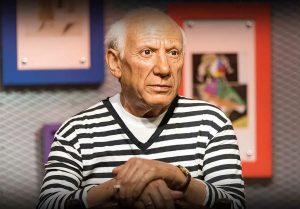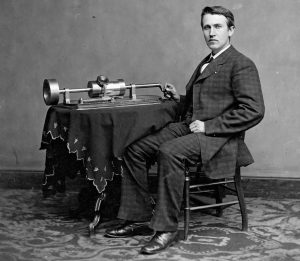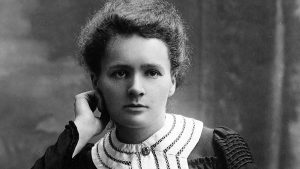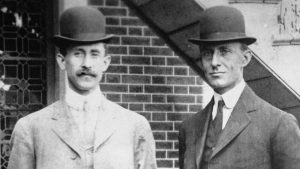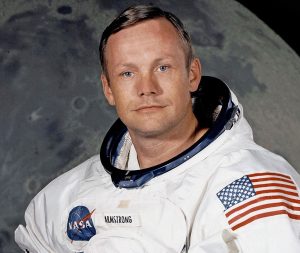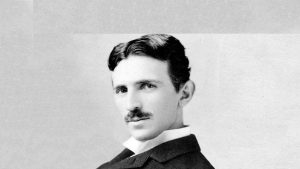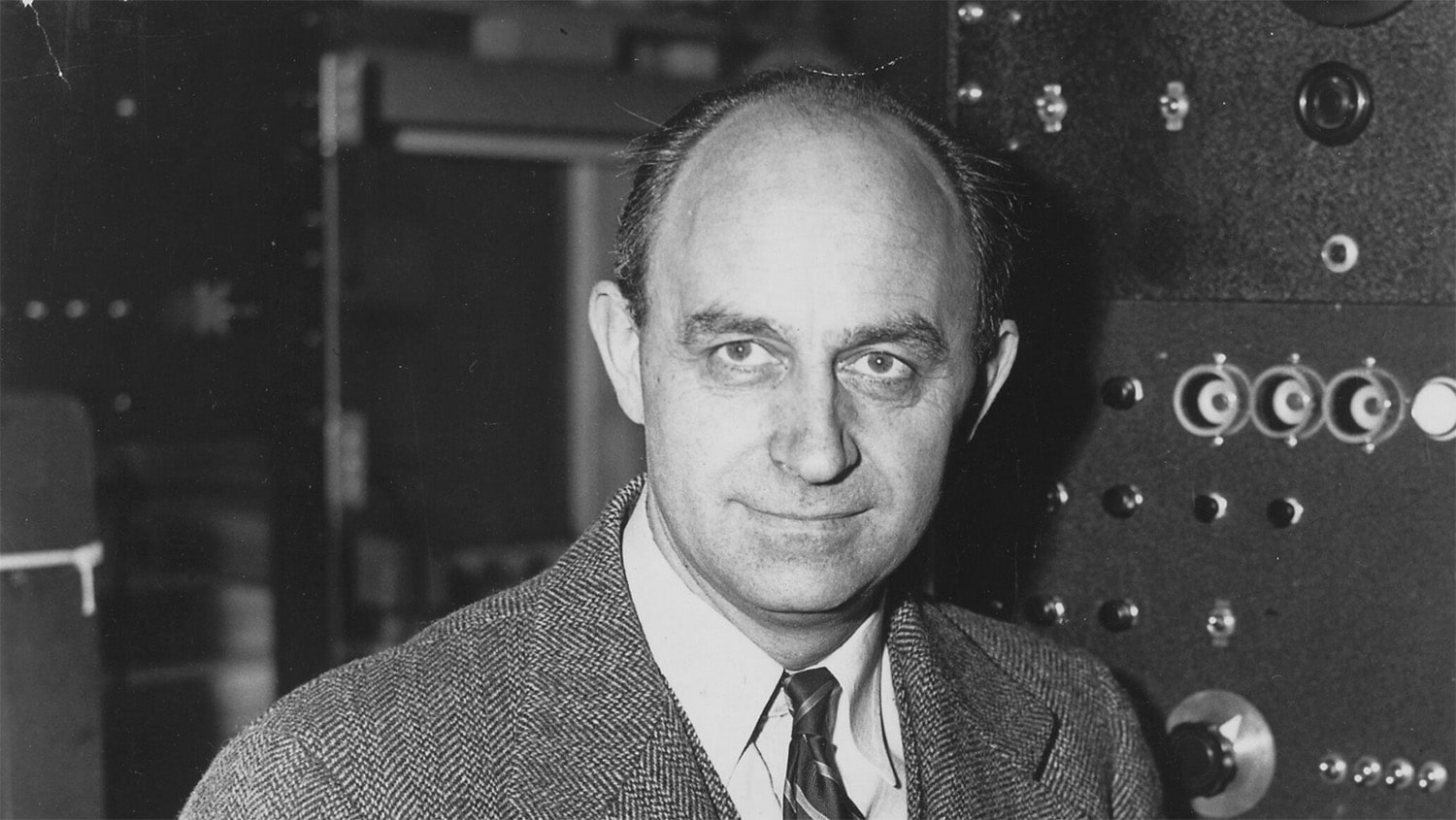
28 interesting facts about Enrico Fermi
- 👁️ 320
Enrico Fermi, often regarded as one of the most significant physicists of the 20th century, made groundbreaking contributions that spanned the fields of theoretical and experimental physics. Born in Rome, Italy, on September 29, 1901, Fermi’s work laid the foundation for the atomic age, earning him a place among the pantheon of scientific greats. His intellect and curiosity drove him to explore the realms of nuclear and particle physics, leading to discoveries that have had profound implications for both science and society. Fermi’s legacy is not just in his scientific achievements but also in his role as a teacher and mentor to a generation of physicists. Here are 28 interesting and informative facts about Enrico Fermi that highlight his life and contributions to science.
- Enrico Fermi was awarded the Nobel Prize in Physics in 1938 for his demonstrations of the existence of new radioactive elements produced by neutron irradiation.
- He is one of the key figures behind the development of the nuclear reactor.
- Fermi was instrumental in the Manhattan Project, the U.S. government research project that developed the first atomic bombs.
- The element with atomic number 100, fermium, is named in his honor.
- Fermi’s first major contribution to physics was the development of the statistical method now known as Fermi-Dirac statistics.
- He discovered the principle called the Fermi Paradox, questioning the absence of evidence for extraterrestrial civilizations.
- The “Fermi Problem,” involving making good approximate calculations with little or no actual data, showcases his exceptional problem-solving skills.
- In 1934, Fermi conducted experiments that led to the discovery of nuclear fission, although the term itself was coined later.
- Fermi’s team created the world’s first nuclear reactor, Chicago Pile-1, under the bleachers of Stagg Field at the University of Chicago.
- The reactor went critical on December 2, 1942, marking the first controlled nuclear chain reaction.
- Fermi emigrated to the United States in 1938, partly to escape the fascist regime of Benito Mussolini and the racial laws that threatened his Jewish wife.
- He held a professorship at Columbia University before his work on the Manhattan Project.
- Fermi was known as “the Pope” by his colleagues at the University of Rome, a nickname indicating his supreme authority on physics.
- His contributions to theoretical physics include work on beta decay, introducing the concept of weak interaction.
- Fermi was also an avid mountaineer and member of the Italian Alpine Club.
- Despite his monumental work in physics, Fermi maintained a humble and accessible demeanor.
- Fermi died of stomach cancer on November 28, 1954, in Chicago, Illinois.
- The Enrico Fermi Award, established in 1956 by the U.S. government, is given for lifetime achievement in the field of nuclear energy.
- Fermi had a unique ability to both theorize and conduct experiments, a rarity among physicists of his stature.
- He was posthumously awarded the Medal for Merit, the highest civilian honor in the United States, for his contributions to the development of atomic energy.
- Fermi’s work on quantum theory and particle physics laid the groundwork for future research in quantum mechanics and the Standard Model.
- He was a member of the Royal Society, the National Academy of Sciences, and other prestigious scientific bodies.
- Fermi was known for his hands-on approach to experiments and often built his own experimental apparatus.
- His teaching legacy lives on through the Enrico Fermi Institute at the University of Chicago.
- Fermi had two children with his wife Laura Capon, whom he married in 1928.
- The Fermilab, a U.S. national laboratory specializing in high-energy particle physics, is named after him.
- Fermi’s interest in physics was sparked at age 14 when he came across a 900-page physics book in Latin.
- Despite the many awards and honors, Fermi remained focused on research and teaching throughout his life.
Enrico Fermi’s contributions to physics are immeasurable, influencing the direction of scientific research and technology for decades. His legacy extends beyond his scientific achievements to his role as a mentor and educator, inspiring countless physicists who followed in his footsteps. Fermi’s work continues to be a cornerstone of both theoretical and applied physics, reflecting the extraordinary breadth and depth of his intellect. His ability to bridge the gap between theory and experiment marks him as one of the true giants of science.
